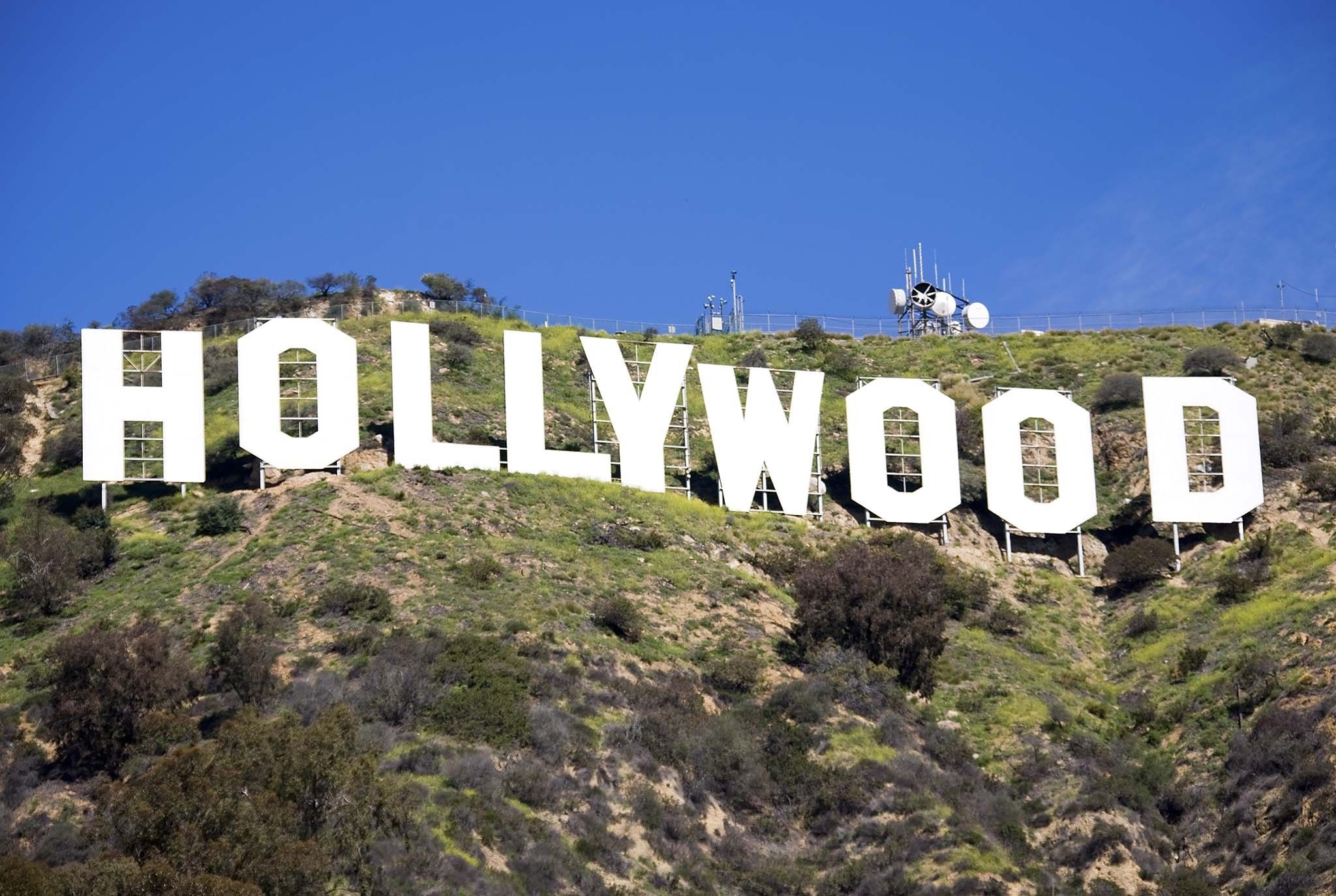
The digital age has ushered in a fascinating, sometimes challenging, new era where the lines between public and private life for celebrities are blurrier than ever. Social media platforms, in particular, have become unexpected stages for stars to reveal raw, unfiltered moments, giving us glimpses into their personal struggles and triumphs. It’s a compelling shift from the carefully curated images of perfection we once expected, and it’s prompting all sorts of conversations about authenticity, empathy, and the true cost of living under the constant spotlight.
In this hyper-connected world, audiences are increasingly invited to connect with public figures on a deeper, more human level. These displays of vulnerability, once considered career risks, have now become a central feature of modern celebrity culture. We see stars bravely opening up about everything from mental health challenges to devastating personal losses, creating a shared experience that often makes us feel like we know them intimately, fostering what psychologists call ‘parasocial relationships.’
Yet, this landscape is a complex one, fraught with both immense potential for connection and significant risks. While some disclosures are met with widespread praise and support, others can backfire dramatically, sparking criticism instead of empathy. The power of these moments hinges on genuine intent and authenticity, and as we’ll explore, navigating this minefield requires immense courage and a deep understanding of the public’s ever-changing perceptions. Join us as we dive into the stories of stars who dared to get real, showing us that even those living the most glamorous lives are, at their core, just like us.
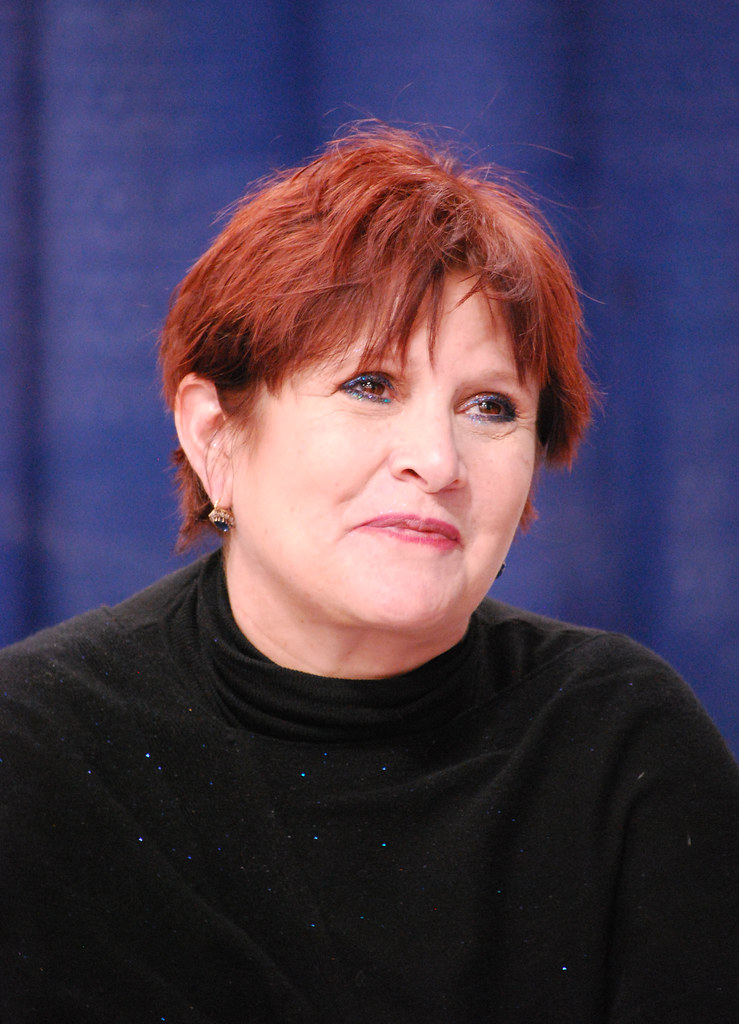
1. **Carrie Bickmore: A Tearful Selfie and the Power of Genuine Connection**Radio host Carrie Bickmore recently captivated the internet with a raw, tearful selfie, openly discussing her mental health struggles. The post garnered widespread praise and support, sparking a crucial conversation about the importance of mental well-being. It was a powerful example of how a public figure can use their platform to connect authentically with their audience, fostering a sense of shared humanity.
Psychologist Sandy Rea explained that Bickmore’s success in this moment stemmed from her positive ‘parasocial relationships’ with her fans. These one-sided connections, where fans feel they know and understand a public figure, meant that “Carrie is held in goodwill and high esteem,” Rea told Mediaweek. This pre-existing connection ensured that “whatever happens to her is going to evoke sympathy, empathy, care, and compassion” from her audience, creating a safe space for her vulnerability.
The phenomenon makes the public feel like they know Carrie on an intimate level, allowing “they understand her pain, and they understand her grief.” Rea believes that Bickmore intuitively understood this support, which empowered her to share such a private moment. It underscores the idea that when a celebrity has built a foundation of trust and respect, their vulnerability is more likely to be met with understanding rather than judgment, reinforcing the idea that authentic displays can inspire genuine connection.
However, social commentator Jane Caro offered a cautionary perspective, stating, “I don’t care what kind of fan base you have; the media is not a safe space.” She emphasized that once something is shared in the media, “It’s all over the news now – nothing in the media is a safe space.” This highlights the double-edged sword of celebrity vulnerability: while it can build connection, it simultaneously exposes individuals to an unpredictable and often unforgiving public sphere.
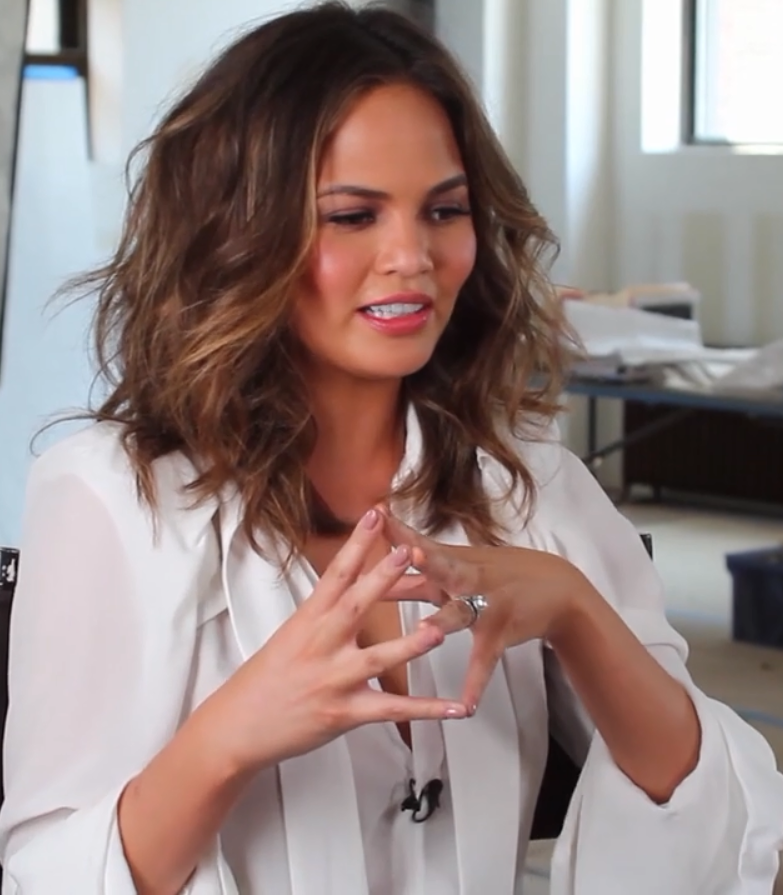
2. **Chrissy Teigan: Sharing the Unimaginable Loss of a Child**In October, Chrissy Teigan, alongside her husband John Legend, publicly shared the devastating news of the loss of their third child during pregnancy. Her openness about such a profound and painful experience resonated deeply with many, bringing a much-needed spotlight to the often-silent grief of miscarriage and pregnancy loss. Teigan was candid about the complications, even detailing having two blood transfusions in late September.
Following the miscarriage, Teigan bravely penned a Medium post, offering an intimate account of the tragic experience. She explained her motivation, saying, “I wrote this because I knew for me I needed to say something before I could move on from this and return back to life, so I truly thank you for allowing me to do so.” This act of sharing, born from a personal need to process grief, became a source of comfort and validation for countless others experiencing similar heartache.
Her decision to share such a deeply personal and vulnerable moment, complete with raw, unfiltered images, defied traditional celebrity norms. It allowed her fans, and the wider public, to witness a raw, human experience, fostering immense empathy and breaking down stigmas surrounding reproductive loss. Teigan’s vulnerability served as a powerful reminder that even those in the public eye face unimaginable sorrow, and her honesty paved the way for more open conversations.
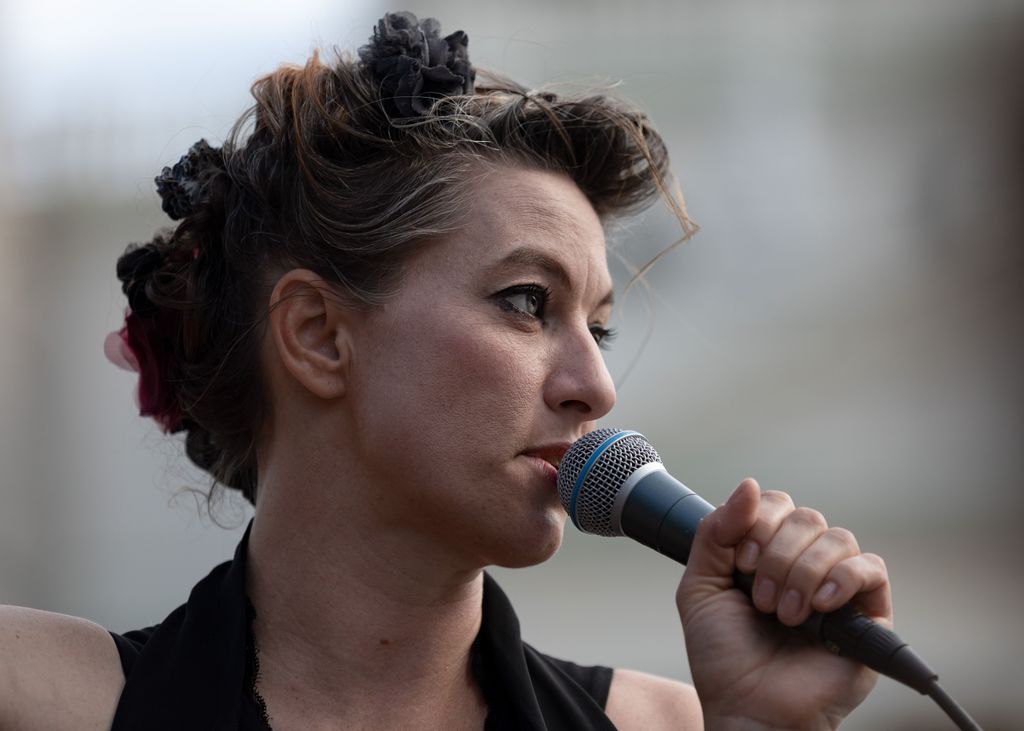
3. **Keke Palmer: Embracing Her Truth with Polycystic Ovary Syndrome (PCOS)**On December 1st, actress and singer Keke Palmer took to Instagram to share her personal truth: she had spent years dealing with polycystic ovary syndrome (PCOS). This hormonal disorder often causes enlarged ovaries and cysts, along with frequent severe breakouts and subsequent scarring. Her revelation was a significant moment for many who live with the condition, bringing visibility and understanding to a struggle often faced in silence.
Palmer’s honesty extended beyond just naming the condition; she also revealed her plans to treat both the disorder and the persistent acne it caused. More importantly, she articulated her reason for being so open: “to let fans know ‘that it’s okay.'” This message of acceptance and normalcy for those grappling with similar health issues was incredibly powerful, transforming a personal struggle into a source of collective empowerment.
By sharing her journey, Palmer not only raised awareness for PCOS but also challenged the unrealistic beauty standards often imposed on public figures. She demonstrated that true strength lies not in projecting an image of flawlessness, but in embracing and openly addressing one’s vulnerabilities. Her act of disclosure cultivated a sense of community, assuring her followers that they are not alone in their experiences.
4. **Taraji P. Henson: Breaking the Silence on Suicidal Ideation**Oscar-nominee Taraji P. Henson used her Facebook Watch show, “Peace of Mind with Taraji,” to delve into an incredibly difficult and vulnerable topic: her own experience with suicidal ideation during the COVID-19 pandemic. This candid confession offered a startling reminder that mental health struggles can affect anyone, regardless of their outward success or fortitude, especially during times of global crisis.
Henson bravely recounted her darkest moments, stating, “For a couple of days, I couldn’t get out of the bed, I didn’t care. That’s not me. Then, I started having thoughts about ending it.” This raw admission of a profound internal battle was a stark departure from the typical celebrity narrative, inviting viewers into the intense emotional reality of mental illness and the overwhelming feelings of despair that can accompany it.
Critically, Henson shared how this struggle unfolded over two days before she proactively reached out to a friend for help. This detail not only humanized her experience but also provided a vital message about the importance of seeking support. Her openness served as a beacon for others, demonstrating that reaching out is a sign of strength, not weakness, and that even in the deepest troughs of despair, there is hope through connection.
By bringing such a sensitive topic to a public platform, Taraji P. Henson powerfully contributed to destigmatizing mental health conversations. Her story resonated with many who felt isolated during the pandemic, validating their own struggles and encouraging a more open dialogue about the often-hidden aspects of mental well-being, proving that sharing pain can indeed lead to collective healing and understanding.
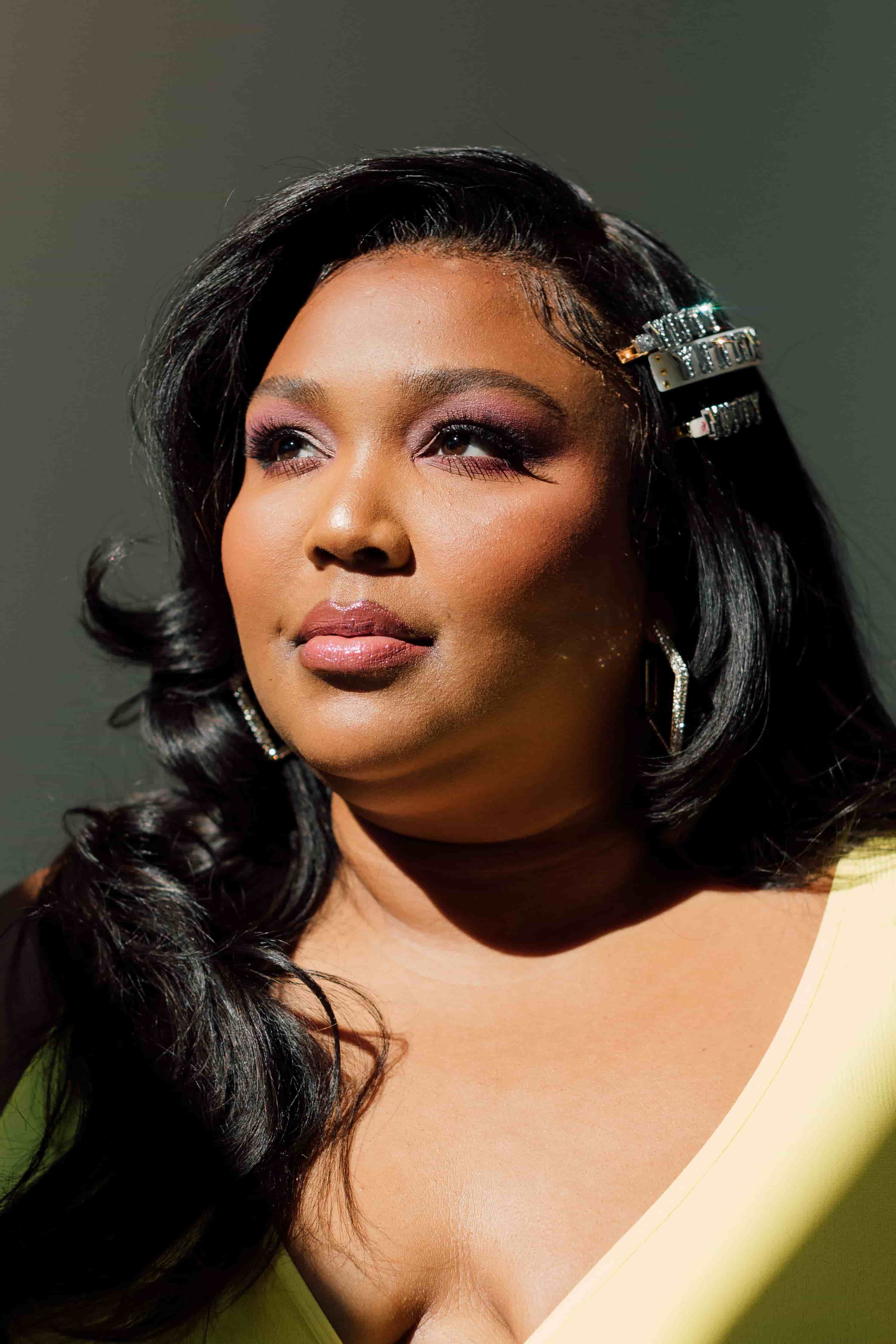
5. **Lizzo: Challenging Body Shaming with Raw Honesty**The “Good as Hell” singer Lizzo, celebrated globally for promoting body positivity, recently shared a deeply vulnerable moment about her own struggles with negative self-perception. In a video uploaded to TikTok, she candidly revealed how deeply affected she can be by the relentless scrutiny and unkind comments she receives about her body. It was a powerful reminder that even champions of self-love have their moments of doubt.
Lizzo recounted a specific instance: “I came home and took my clothes off to take a shower, and I just started having all these really negative thoughts about myself, like, ‘What’s wrong with me? Maybe all the mean things people say about me are true.’” This raw, unfiltered admission highlighted the insidious nature of body shaming and how external negativity can seep into one’s innermost thoughts, challenging even the most confident individuals.
Her willingness to expose this private moment of insecurity was a testament to her commitment to authenticity. Despite having been “celebrated for promoting body positivity” throughout her career, she chose to show that her journey, like everyone else’s, includes moments of vulnerability and doubt. This act of sharing reinforced the idea that body positivity is an ongoing practice, not a destination, and that it’s okay to acknowledge the pain inflicted by societal pressures.
Lizzo’s TikTok video sparked important conversations about the impact of online harassment and the emotional toll it takes on individuals, especially public figures. By bravely sharing her vulnerability, she not only humanized her own experience but also empowered her audience to acknowledge their own insecurities, fostering a more empathetic and understanding community around body image issues.
Read more about: Beyond the Lens: 12 Plus-Size Actresses Who Are Redefining Beauty, Owning the Spotlight, and Inspiring a Movement
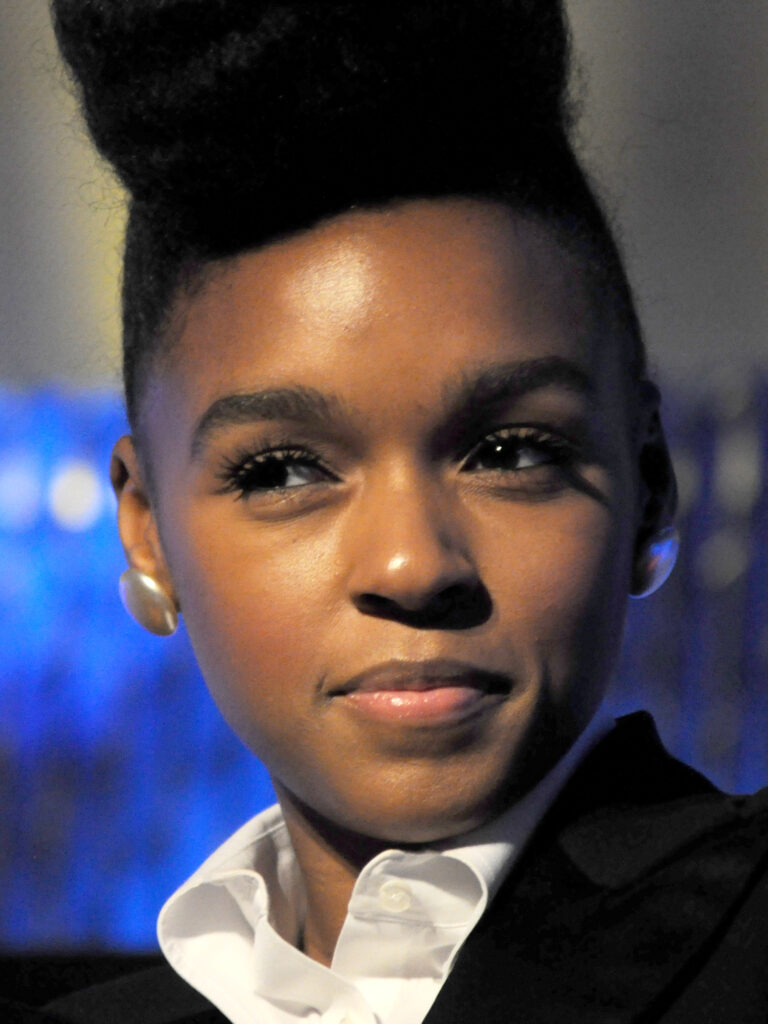
6. **Janelle Monáe: Healing from the Scars of Abandonment**In an August interview with Shape, singer/songwriter Janelle Monáe opened up about navigating deeply personal abandonment issues. This revelation provided a rare glimpse into the emotional landscape of an artist whose public persona often exudes strength and artistic control, demonstrating that even the most accomplished individuals carry unseen emotional burdens from their past.
Monáe articulated the source of her struggle, stating, “My dad was in and out of my life growing up, and other instances where I felt abandoned were coming up to the surface.” This candid acknowledgment of childhood trauma and its lingering effects resonated with many who have experienced similar emotional voids. Her honesty shed light on how past experiences can quietly shape one’s present, even years later.
Crucially, Monáe also shared her path toward healing. She revealed that since identifying the issue, she had started writing as a form of release, emphasizing that she is “on the path to healing.” This detail transformed her vulnerability from a mere confession into an inspiring narrative of self-discovery and recovery, offering a tangible coping mechanism for others facing similar emotional challenges.
By sharing her journey of confronting abandonment issues and finding solace in creative expression, Janelle Monáe offered a powerful message of hope and resilience. Her openness highlighted the universal nature of emotional pain and the importance of self-care and introspection in navigating complex feelings, thereby fostering a deeper, more empathetic connection with her audience.

7. **Jada Pinkett-Smith: Unpacking Relationship Vulnerabilities on ‘Red Table Talk’**Jada Pinkett-Smith’s show, “Red Table Talk,” is renowned for its commitment to honesty and getting to the root of issues, and in August, she turned that lens inward. In a truly remarkable display of vulnerability, the actress decided to bring herself to the table, where she engaged in an incredibly candid discussion with her husband, Will Smith, about their period of separation.
This was not merely a discussion; it was a public airing of intensely private marital challenges, a move that stunned many but ultimately resonated deeply with audiences. The decision to openly address such a sensitive topic, with her husband by her side, showcased an extraordinary level of courage and a willingness to dismantle the illusion of a perfect celebrity relationship. It allowed millions to witness a real, messy, and ultimately human conversation about love, loss, and reconciliation.
The conversation delved into the complexities of their relationship, demonstrating that even those who appear to have it all together face significant personal trials. By sharing this profound vulnerability, Jada Pinkett-Smith, and by extension Will Smith, created a powerful moment of relatability, validating the struggles many couples face privately. Her approach underscored the show’s mission to foster open dialogue on difficult subjects, proving that transparency can be a pathway to understanding and empathy.
Through this widely publicized discussion, Pinkett-Smith exemplified how celebrities can leverage their platforms to normalize shared human experiences, even the most painful ones. Her willingness to be vulnerable about her marriage on such a public stage helped to demystify celebrity relationships, fostering a sense of genuine connection and demonstrating that true strength often lies in shared honesty.
The journey into celebrity vulnerability only deepens as we peel back more layers of fame’s complex tapestry. Beyond individual moments of raw honesty, we find that the experiences of grief, the relentless pressures of public scrutiny, and the profound emotional toll of being in the spotlight are universal threads, weaving through the lives of even the most celebrated stars. This next section explores more powerful disclosures, dives into iconic documentaries that reveal the intricate realities behind the glossy facade, and even offers a cautionary tale. We’ll also unpack the academic perspective on the ’empathy economy’ and the commodification of private pain among influencers, ultimately reflecting on how we can foster genuine connection and uphold ethical responsibilities in this ever-evolving landscape.

8. **SZA: Navigating Grief and Depression Through Healing**Losing loved ones is an experience that touches everyone, and even chart-topping artists like SZA are not exempt from its profound pain. The acclaimed singer openly shared her struggles with depression following multiple personal losses, offering a raw glimpse into a period of deep sorrow that resonated with many of her fans. It’s a powerful reminder that fame offers no shield against the universal heartache of grief.
SZA spoke candidly to *Rolling Stone* about her experiences, articulating the cumulative weight of loss. She revealed, “I’ve buried so many people in my life, you would think that I would be used to it. But my grandma broke the threshold for me. It was so weird to not have any…I don’t know, any control over anything.” This confession captured the overwhelming feeling of helplessness that often accompanies profound loss, making her struggle incredibly relatable.
In her journey toward recovery, SZA embraced a variety of healing practices, turning to crystals, meditation, sound bowls, and daily exercise. These intentional steps toward self-care provided a tangible path for her to navigate her depression and process her grief. Her openness about these coping mechanisms offered a hopeful message to anyone struggling to find their footing after a loss.
By sharing both the depths of her pain and the active steps she took to heal, SZA not only validated the experiences of those who have faced similar losses but also championed the importance of seeking out personal methods of recovery. Her story became a beacon for genuine connection, proving that even in the darkest moments, vulnerability can illuminate a path forward and remind us we’re never truly alone in our struggles.

9. **Taylor Swift: “Miss Americana” and the Weight of Public Scrutiny**Taylor Swift, a global icon, offered an unprecedented look into her life and career with the 2020 Netflix documentary, “Miss Americana.” This film went beyond the meticulously crafted pop star image, presenting an intimate and often raw portrayal of the pressures, personal challenges, and moments of profound vulnerability that define her journey. It was a powerful statement about the human cost of being under the relentless glare of the public eye.
The documentary provided deep insights into Swift’s personal and professional experiences, particularly her struggles with public scrutiny and the immense pressure to maintain an unattainable standard of perfection. It bravely captured her evolving identity, including her decision to speak more openly about her political views—a move that was both courageous and inherently vulnerable, inviting an entirely new level of public debate and judgment.
Viewers were also invited into Swift’s creative process, watching her work diligently on her album “Lover.” These behind-the-scenes moments revealed the intense effort and heartfelt passion that fuels her music, humanizing the artist by showing the dedication and emotional investment required for her craft. It made her triumphs and vulnerabilities feel even more earned and relatable.
Ultimately, “Miss Americana” showcased Swift’s remarkable resilience and her unwavering commitment to authenticity. By sharing these deeply personal facets of her life, from battling eating disorders to navigating intense criticism, Swift allowed her vast fanbase to connect with her on a significantly deeper and more empathetic level. It reinforced the idea that beneath the dazzling lights, there’s a person grappling with universal human experiences.

10. **Lady Gaga: “Gaga: Five Foot Two” and the Physical & Emotional Pain Behind Fame**Lady Gaga, known for her theatrical flair and commanding stage presence, unveiled a starkly different side of herself in the 2017 documentary “Gaga: Five Foot Two.” This revealing film, directed by Chris Moukarbel, peeled back the layers of her superstar persona, offering an unvarnished look at the physical and emotional pain she experienced during a particularly tumultuous period in her life and career. It was a profound act of vulnerability that captivated audiences worldwide.
The documentary captures pivotal professional milestones, such as the release of her fifth album, “Joanne,” and her demanding preparations for the Super Bowl LI halftime show. However, it’s Lady Gaga’s candid discussions about her chronic pain, specifically fibromyalgia, and the deep emotional toll it took on her, that truly resonated. She allowed cameras to capture moments of intense discomfort and exhaustion, shattering the illusion of an invincible pop icon.
Beyond the discussions of physical pain, the film also delves into her emotional vulnerabilities. It portrays moments of solitude and reflection, illustrating the loneliness that can accompany immense fame. These scenes depict her day-to-day life and interactions with her team, grounding her in relatable human experience despite her extraordinary celebrity status, making her struggles feel incredibly immediate and authentic.
Through this intimate portrayal, Lady Gaga forged an even deeper connection with her audience. By openly discussing her battles with both physical ailments and emotional distress, she demonstrated that true strength often lies not in hiding one’s suffering, but in bravely sharing it. “Gaga: Five Foot Two” stands as a powerful testament to the humanity behind the celebrity, inviting empathy and understanding.
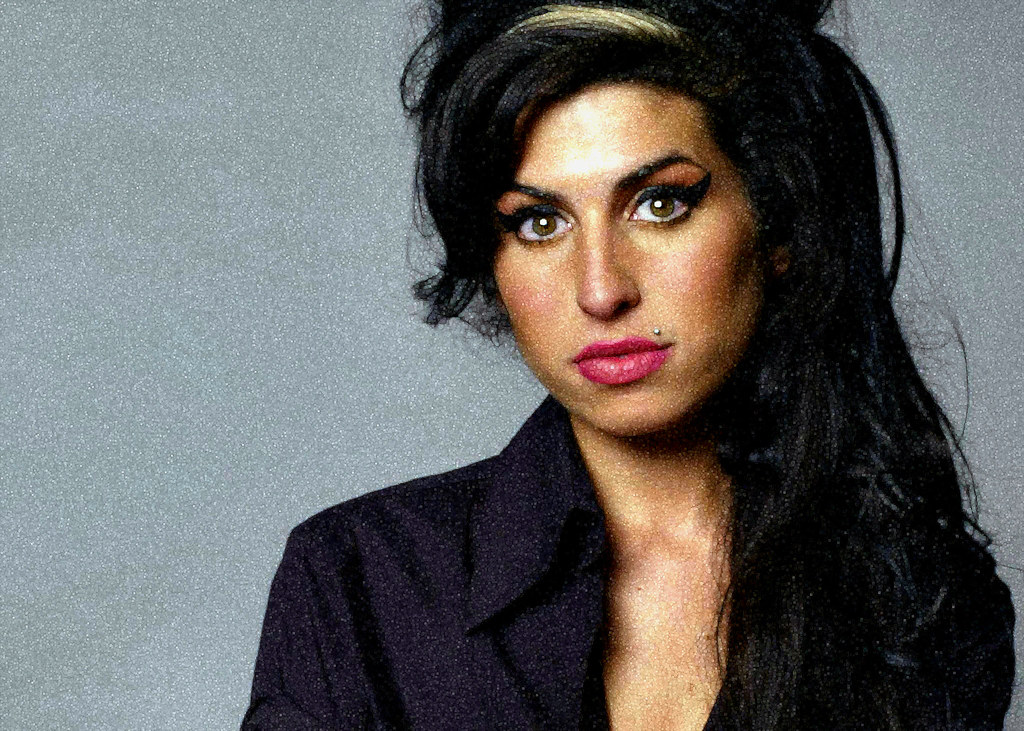
11. **Amy Winehouse: “Amy” and the Tragic Price of Stardom**The 2015 documentary “Amy,” directed by Asif Kapadia, is a profoundly poignant and often heartbreaking exploration of the life of British singer-songwriter Amy Winehouse. The film is a raw, intimate look at her journey, from a teenager of prodigious talent to an international music sensation whose life tragically unraveled under the weight of fame, media scrutiny, and personal struggles. It serves as a stark reminder of the immense vulnerabilities artists face.
“Amy” skillfully utilizes rare archival footage and personal testimonials from close friends, family members, and colleagues to construct a comprehensive narrative. These elements capture Winehouse’s extraordinary raw talent and distinctive vocal prowess, which set her apart in the music industry, while simultaneously exposing the deep-seated emotional fragility that lay beneath her public persona.
The documentary unflinchingly highlights the relentless pressures of fame, the invasive nature of media scrutiny, and Winehouse’s well-documented battles with addiction. It doesn’t shy away from depicting the darker, more challenging aspects of her life, revealing the overwhelming forces that contributed to her tragic demise. Her story is a powerful cautionary tale about the unforgiving nature of the spotlight.
Yet, amidst the tragedy, “Amy” also celebrates her undeniable musical achievements and her lasting impact on the industry. By presenting her vulnerabilities and struggles with such honesty, the documentary fostered a deeper, albeit sorrowful, connection with her legacy. It underscored the profound human cost behind artistic genius and the critical need for empathy and support within the demanding world of celebrity.
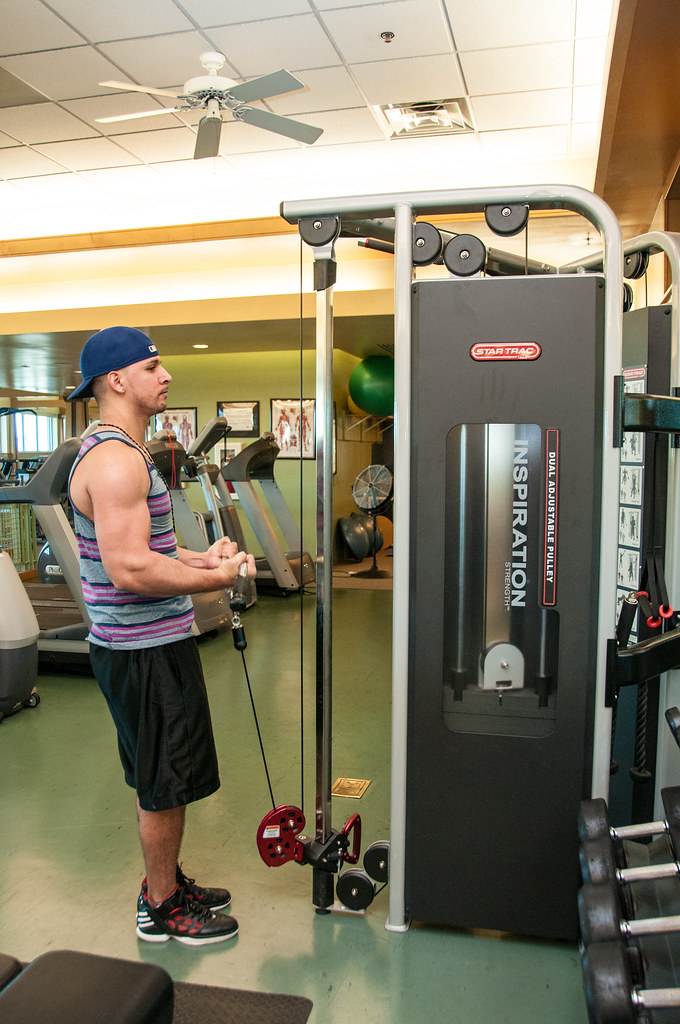
12. **The Cautionary Tale of Braden Wallake: When Vulnerability Backfires**While authentic vulnerability can forge powerful connections, the digital landscape is also a minefield where intentions can be misread and attempts at openness can spectacularly backfire. The case of Hypersocial CEO Braden Wallake offers a stark, cautionary contrast to the successful disclosures we’ve discussed, highlighting the critical importance of context and genuine intent. His experience serves as a powerful lesson for anyone in the public eye.
In 2022, Wallake posted a “crying selfie” on LinkedIn after laying off a number of his staff. His stated intention was to demonstrate that “not every CEO out there is cold-hearted,” aiming to show a human side to a difficult corporate decision. However, his attempt to garner sympathy was met with widespread global criticism, rather than the empathy he sought, and he quickly found himself at the center of a negative news story.
Psychologist Sandy Rea’s insights help us understand this dramatic failure. She explained that there’s a crucial distinction “between revealing your mental health struggles and revealing your mental health struggles after you’ve done something egregious.” Wallake’s post, coming on the heels of mass layoffs, was perceived as self-serving and tone-deaf rather than a sincere expression of pain, thereby eroding any potential for goodwill.
Social commentator Jane Caro echoed this sentiment, emphasizing that vulnerability “has to be genuine.” She cautioned against displays that feel “performative” or exploitative, suggesting that they can make audiences feel as though their empathy is being manipulated. Wallake’s post tragically became an example of how a misjudged display of vulnerability can lead to backlash, underscoring that authenticity, context, and a clear, noble intent are paramount, especially when navigating sensitive situations.
13. **The Influencer Economy: When Vulnerability Becomes a Commodity**In the bustling digital marketplace of the ‘creator economy,’ vulnerability has emerged as a surprisingly potent currency. Social media influencers, striving to build intimacy and community with their followers, are often incentivized by platform algorithms and audience demand to share their innermost selves. Brooke Erin Duffy, associate professor of communication, highlights this, stating, “Such disclosures are a key way that influencers build intimacy with audiences and form communities. There’s a pervasive sense that internet users clamor for less polished, less idealized, more relatable moments.”
However, this demand for authenticity comes with a heavy price. Duffy’s research, detailed in “The Politics of Vulnerability in the Influencer Economy,” uncovered a stark reality: while projecting intimacies and insecurities can boost engagement, it also opens creators up to identity-based harassment. These authentic revelations, often tied to one’s gender, race, or sexuality, can become targets for vicious online attacks, turning perceived openness into a source of real pain.
Compounding these personal vulnerabilities is the precarious nature of platform-dependent labor itself. Influencers, classified as independent contractors, often lack the formal support and protection traditionally afforded to employees. Many reported feeling abandoned by platforms that not only fail to shield them from harm but sometimes even “incentivize networked antagonism,” turning social interaction into a gladiatorial arena where emotional displays are weaponized.
This dynamic operates within what’s been termed the ’empathy economy,’ a facet of neoliberal capitalism where emotional storytelling is leveraged for profit. Personal struggles—from addiction to mental health crises—are transformed into marketable assets, amplified by social media to create a feedback loop of engagement and commercial opportunity. Empathy becomes transactional, packaged and sold through various media, blurring the lines between genuine human connection and calculated monetization.
The commodification of pain is palpable as audiences consume these narratives through books, films, and merchandise, often developing a sense of entitlement to the intimate details of public figures’ lives. This constant pressure to perform connection and identity for profit takes a significant mental health toll on influencers. It forces us to confront a sobering truth: while “everyone gets the same platform” in theory, the politics of visibility and vulnerability are far from egalitarian, requiring immense caution and self-protection in this demanding digital space.
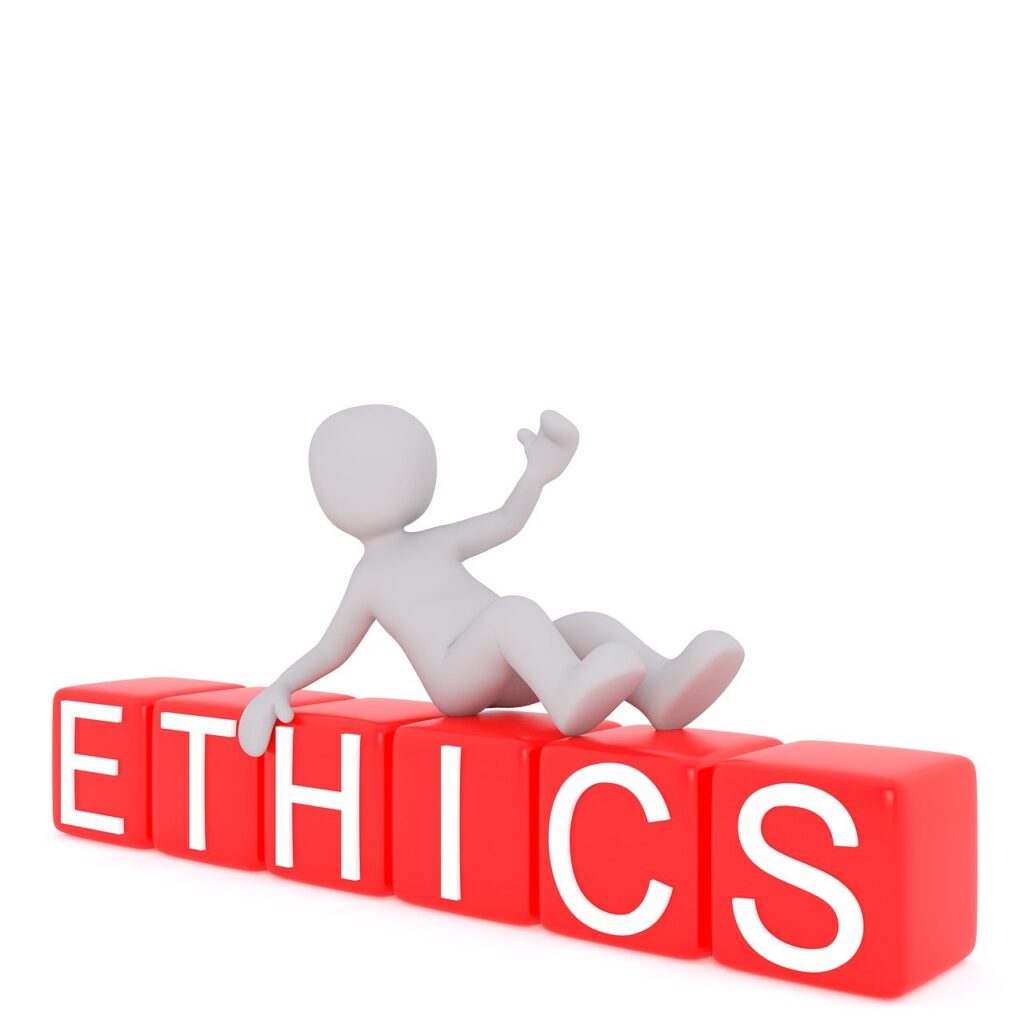
14. **Psychological Tolls and the Path to Ethical Responsibility**The spotlight, while glittering, casts long and intricate shadows, often exposing celebrities to persistent pressure and scrutiny that can significantly elevate their risk for depression, anxiety, and profound isolation. The constant demand to meticulously curate an image, both online and offline, is an emotionally draining endeavor. Moreover, the very nature of fame can make genuine trust an elusive commodity, pushing individuals toward social withdrawal as friends and acquaintances morph into fans or opportunists.
This relentless public observation can wreak havoc on an individual’s sense of self, creating a dizzying conflict between public expectations and their authentic identity. Navigating the daily deluge of praise and criticism becomes an exhausting tightrope walk, continually impacting emotions and self-perception. For many, this constant appraisal chips away at psychological resilience, making it incredibly difficult to maintain a stable sense of self amidst the swirling currents of public opinion.
Adding to this complex scenario is the role of media and paparazzi, who frequently cross ethical lines in their pursuit of exclusive stories. The commodification of celebrity pain often leads to the invasion of private spaces and the exploitation of sensitive incidents—including moments of grief or medical crises, and particularly affecting the children of public figures. This aggressive pursuit of content often prioritizes commercial gain over individual privacy and well-being, fueling a cycle of exploitation.
To move towards a more compassionate and ethical landscape, there’s a collective responsibility that extends beyond the individual star. Corporations, media outlets, and celebrity management hold significant power to introduce robust ethical guidelines that actively discourage the exploitation of personal stories for profit. Shifting the media’s focus from sensationalism to education can highlight how genuine disclosures can benefit broader conversations on mental well-being, transforming vulnerability from a spectacle into a catalyst for understanding.
Ultimately, genuine connection in the world of celebrity vulnerability requires a conscious effort from all stakeholders. Audiences, too, bear a responsibility to engage respectfully, refraining from entitlement and invasive commentary. By re-evaluating incentive structures that currently prioritize shock value and spectacle, the industry can champion healthier connections and respect for personal boundaries. It’s about recognizing the human experience behind the fame, fostering a culture where vulnerability is met with empathy, not exploitation, and encouraging a more thoughtful, caring approach to the lives we so eagerly consume.
As we reach the end of our journey through the intricate world of celebrity vulnerability, it’s clear that the path from public persona to raw honesty is fraught with both immense courage and undeniable risks. From the tearful selfies that spark vital conversations to the unflinching documentaries that expose the human cost of stardom, each moment of openness invites us to look beyond the glitz and glamor, reminding us that shared humanity is the ultimate equalizer. These stars, in their moments of profound disclosure, have not only dared to get real but have also gifted us a deeper understanding of our own struggles, fostering empathy and connection in a world that often feels disconnected. It’s a powerful testament to the enduring truth that true strength often shines brightest when we allow ourselves to be seen, imperfections and all.


